As an architect, if you do not promote your own design creations, no one will ever do it for you. However, we at ‘zerobeyond – the new frontier!’ differ in the world view! We are committed to have created this unique global platform just for you all to come forward to unleash your creativity for the whole world to notice-to-appreciate your design creations. When you showcase your creations, seniors from the architecture world will take a notice about your talent, while the juniors will learn how architecture works.

Entertainment Boulevard in Neighborhood
Young architects, who have been featured on our GEN Z Series, have all benefitted to move higher in their professional quest. Those who have missed our once-in-a-lifetime opportunity, I can only say that they will take many more years to make a mark on the global stage. However, I strongly believe an individual is free to think what is good for them – to be in oblivion or to be in the limelight and make a name worldwide to make their parents proud. No other platform in the world provides such a golden opportunity to showcase your amazing works.

Master Plan
From Universitas Atma Jaya Yogyakart, Indonesia – the GEN Z Series fly to Politecnico di Milano, Italy to interview young and promising Indian Landscape Architect Priya Jalan. She graduated with a Master in Sustainable Architecture and Landscape Design in 2023 after her B. Arch from School of Environment and Architecture, Mumbai, India. Priya Jalan apprises, “I was born in Varanasi, a city steeped in culture where life revolves around the sacred Ganges River. Growing up, I spent most of my evenings and early mornings by the river, developing a deep appreciation for the natural world and its softscapes. My family later moved to Patna, where they started a family business of clothing retail stores.”

Conceptual Development
“I am the first person in my family to pursue architecture. They have been unwavering in their support of my dreams. After my graduation, I joined Sidharth Associates in Patna. The Founder of the firm mentored to encourage me to pursue my Masters,” Priya Jalan adds. She comes across as a very committed individual and poised to make a mark in the architecture world. Priya Jalan’s design creations reflect her meticulous approach towards architecture. Johnny D has an interesting interaction with Priya Jalan to explore her fascinating journey in architecture and her teamed Master’s thesis ‘Transforming the Desert Metropolis, Riyadh’.

Neighborhood Master Plan
What was your childhood ambition? Have you always wanted to become a landscape architect?
As a child, I dreamed of becoming a dancer, always envisioning myself in a creative field. In my teenage years, I developed a deep passion for architecture, heritage, culture and history. The desire to create sophisticated, yet functional spaces became my driving force and over time, landscape architecture emerged as the perfect way to channel my creativity and passion, blending my love for design with a deeper understanding of places and their stories (smiles).
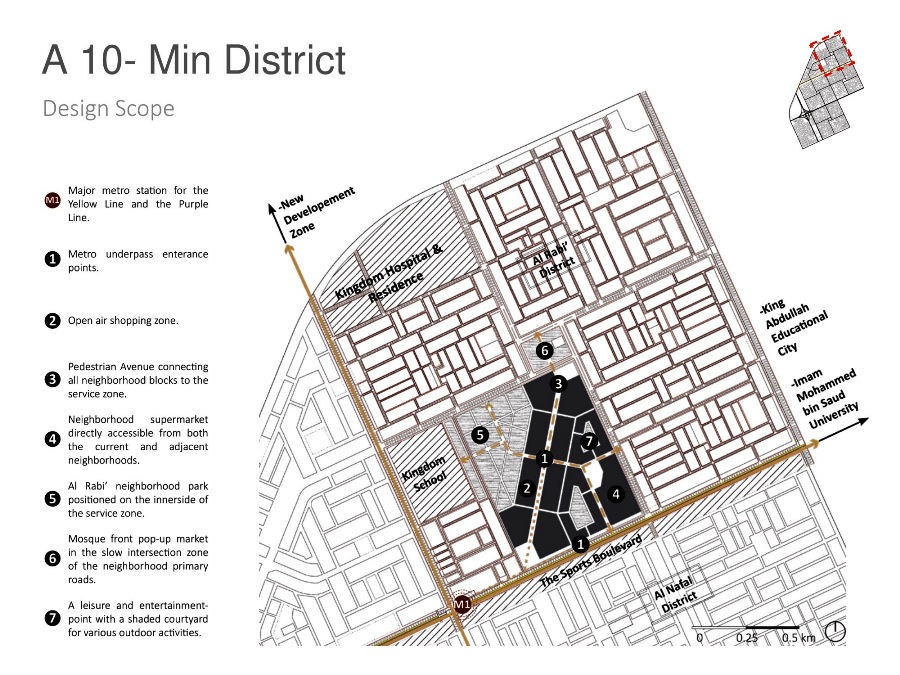
Neighborhood Design Scope
How has architecture / landscape architecture influenced your life as a student?
Architecture has taught me the profound impact design can have on evoking emotions and shaping human experiences. I have learned that even small interventions can create significant change in nature and the built environment. Through this journey, I have developed a keen sensitivity and respect for my surroundings, honing my ability to analyze situations from a broad perspective, while paying attention to the smallest details, all while fostering creativity in every design decision.

Financial District Master Plan
Briefly tell us about your University and the Master’s Course.
I began my architecture journey at the School of Environment and Architecture in Mumbai, graduating in 2019. Throughout my Bachelor’s, I developed a keen interest in vernacular and sustainable practices, which motivated me to pursue a Master in Sustainable Architecture and Landscape Design at Politecnico di Milano, Italy, completing it in December 2023. This international experience has expanded my perspectives, shaping me into a more globally aware and open-minded professional (smiles).

Financial District Design Scope
Having completed your B. Arch from School of Environment and Architecture, Mumbai in India, what was the most challenging thing you experienced to pursue your Masters at Politecnico di Milano in Italy?
The most challenging aspect of pursuing my Master at Politecnico di Milano was adapting to a completely new cultural and academic environment. Transitioning from the familiar setting to be in Italy, a new surrounding required not only adjusting to a different educational approach, but also learning to navigate a new language and cultural dynamics. Balancing rigorous academic demands with integrating into Italian life tested my resilience. However, the experience ultimately broadened my perspectives and enriched my architectural approach.

Urban Park at Central Mosque
Briefly describe the significance of your project with the ‘Title of the Project and Site Location’.
Title: Mega to Mini – Transforming the desert metropolis of Riyadh into a 10-minute city
Location: Riyadh, Saudi Arabia
Team: Priya Jalan, Mohanad Youssef
The urbanization trajectory experienced by Riyadh after the oil boom has engendered a confluence of challenges, manifesting primarily in the scarcity of public urban spaces and the burgeoning reliance on private automobiles.
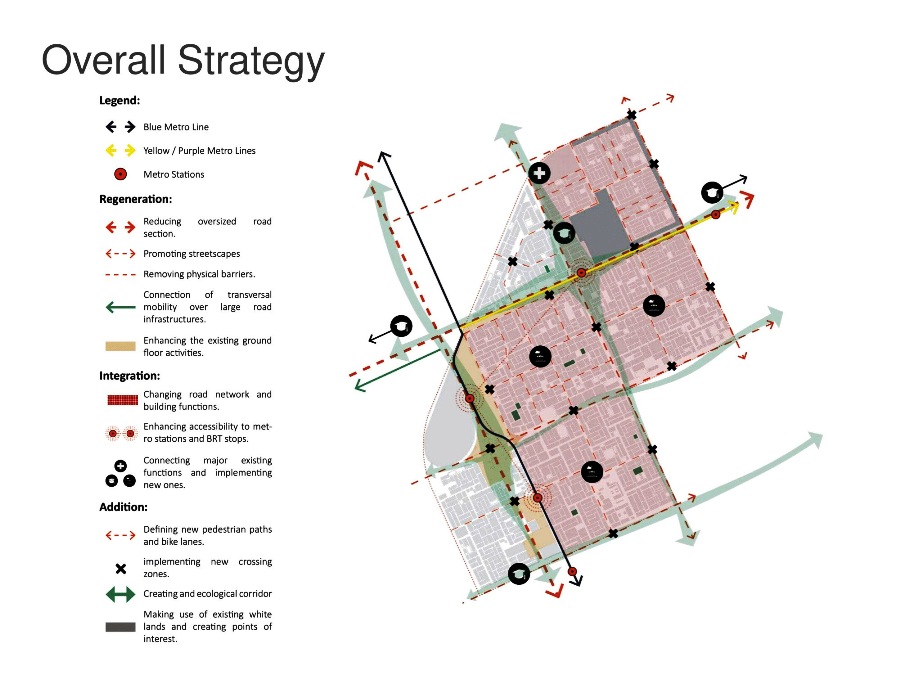
Overall Strategy
Our study posits the development of sustainable and inclusive urban mobility as a pivotal intervention seeking to address these challenges through a nuanced understanding of the urban fabric and a commitment to sustainable urban development.
The conceptualization and implementation of a novel urban planning approach of a ‘15-minute city’ in a challenging context of Riyadh is the central focus of the thesis. The main research was conducted to develop Riyadh in a ‘10-minute city’ such that the residents should have access to essential services and amenities within a 10-minute walking or cycling radiuses from their residences. By prioritizing soft mobility, the project seeks to cultivate a more balanced friendly and urban environmentally transportation paradigm.

The City Vision – City Infrastructure
The core endeavour of the research involves the proposition of a conceptual design tailored for a designated neighbourhood and the financial district spine. Emphasis is placed on fostering soft mobility strategies, encompassing pedestrian-centric infrastructure, dedicated cycling optimized access lanes, to and public transportation with a formulation of phases of implementation.
As an Intern, what is the most important lesson(s) you have learned from senior architects, while being a part of a project?
During my internship at Raja Aederi Consultants Pvt. Ltd, Mumbai, I developed a deep love for architecture, inspired by Mr. Raja Aederi’s passion for blending context sensitivity with innovation. His approach, along with the values of teamwork, dedication and time management instilled by my seniors, profoundly shaped my early career.

Zone of Interest Analysis
What are the current prospects and challenges of jobs’ opportunities for fresh young architects in Milan, Italy? Elucidate briefly.
In Milan, the prospects for young architects are promising, with the city being a global design hub and home to many prestigious architecture firms. However, challenges include intense competition, especially from well-established professionals and the need for fluency in Italian, as many firms require strong local language skills. Additionally, securing permanent positions can be difficult due to the prevalence of internships and short-term contracts in the industry.

Strategies
Which National or International landscape architect has inspired / influenced you? Please specify as to why?
DS+R – Diller Scofidio + Renfro, known for their transformative design of the High Line, exemplifies how abandoned, underutilized spaces can be re-imagined into thriving public areas. Their work merges architecture, art, and landscape to regenerate forgotten urban spaces into vibrant, sustainable environments.
I am particularly inspired by Piet Oudolf – the renowned Dutch Garden Designer, whose ecological approach to planting design emphasizes the regeneration of landscapes, creating natural, ever-evolving spaces that foster a deeper connection between people and the environment. His focus on sustainability and seasonal beauty profoundly shapes my own vision for urban regeneration.
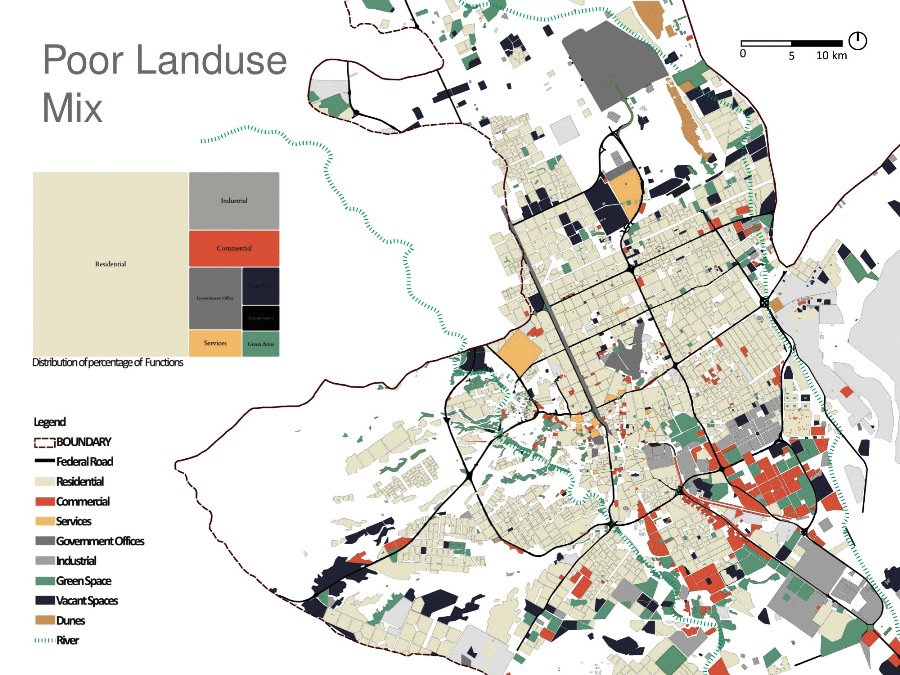
Poor Land-use Mix Analysis
Against the ethos of architecture field, ‘Hostile Architecture’ has become an inconvenience, eyesore and fast changing the urban landscape of prominent cities around the world. Elucidate your perspectives about this unwanted trend in urban landscape.
I believe architecture should be inclusive and cater to all, regardless of socio-economic status. Hostile architecture, designed to deter certain groups—such as the homeless—through uncomfortable features like spikes or benches with armrests, contradicts this fundamental principle. It not only marginalizes vulnerable communities, but also dehumanizes public spaces, turning them into environments of exclusion rather than connection. Architecture should foster accessibility, empathy and social cohesion, thereby promoting equality and dignity for everyone. It is vital to design spaces that welcome and support all individuals, reflecting a more just and compassionate society.

Iconic Hostile Architecture – Uncomfortable Seating at Bus Stops, Mumbai
Which significant aspects of the global platform ‘zerobeyond – the new frontier!’ did you like the most, and why?
I appreciate that ‘zerobeyond – the new frontier!’ highlights the personal journeys and ideas of young professionals, offering a platform to showcase innovative thoughts. What stood out most was its emphasis on sustainable design and cross-disciplinary collaboration, fostering a global dialogue. This focus inspires creativity and solutions for contemporary challenges, reflecting the diverse perspectives of emerging professionals.
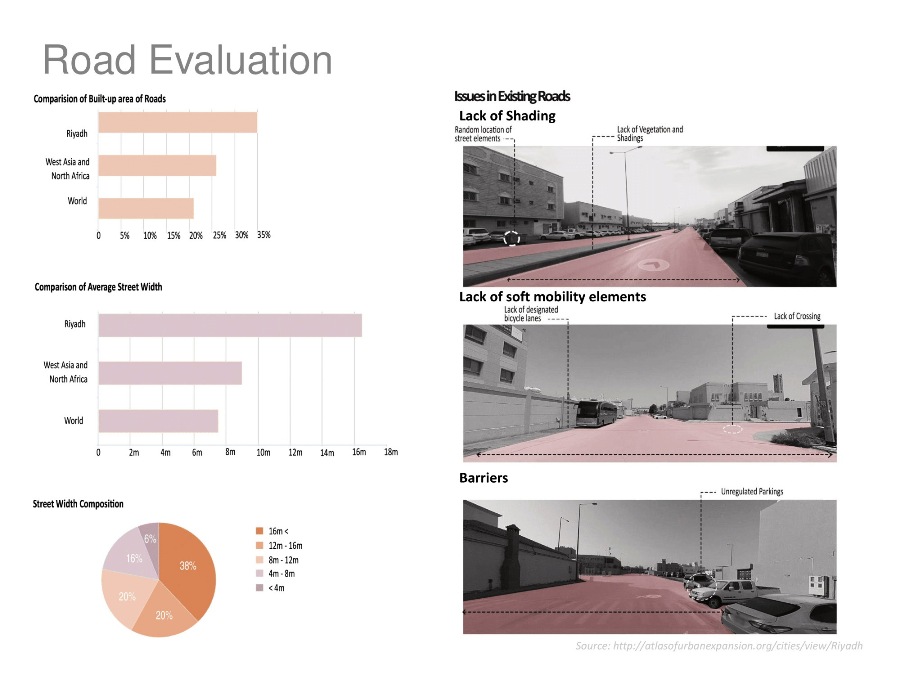
Road Evaluations
The “Global Urban Failure” has seen all the major cities being flooded 365 days of each year. Elucidate your perspectives and solutions as to how can the future of urban planning of cities be tackled to overcome this existential crisis?
The “Global Urban Failure” caused by year-round flooding requires urgent action. Future urban planning should prioritize sustainable design, incorporating green infrastructure like permeable surfaces, urban wetlands and natural water channels to absorb and manage excess water. Additionally, cities must integrate resilient flood protection systems, elevate critical infrastructure, and create adaptive public spaces. A focus on eco-friendly materials and smart water management will ensure cities thrive despite climate challenges.

Road Structure Map
How would you describe Italian Architecture as compared to Indian Architecture from a Landscape Architect’s perspective?
Italian architecture, particularly piazzas, emphasizes open, symmetrical spaces surrounded by classical buildings, fostering social interaction and reflecting Renaissance ideals. In contrast, Indian gardens focus on serene, organic designs, often integrating water features and lush greenery, symbolizing nature’s harmony. While Italian piazzas are structured and communal, Indian gardens prioritize tranquility and a spiritual connection to the environment.
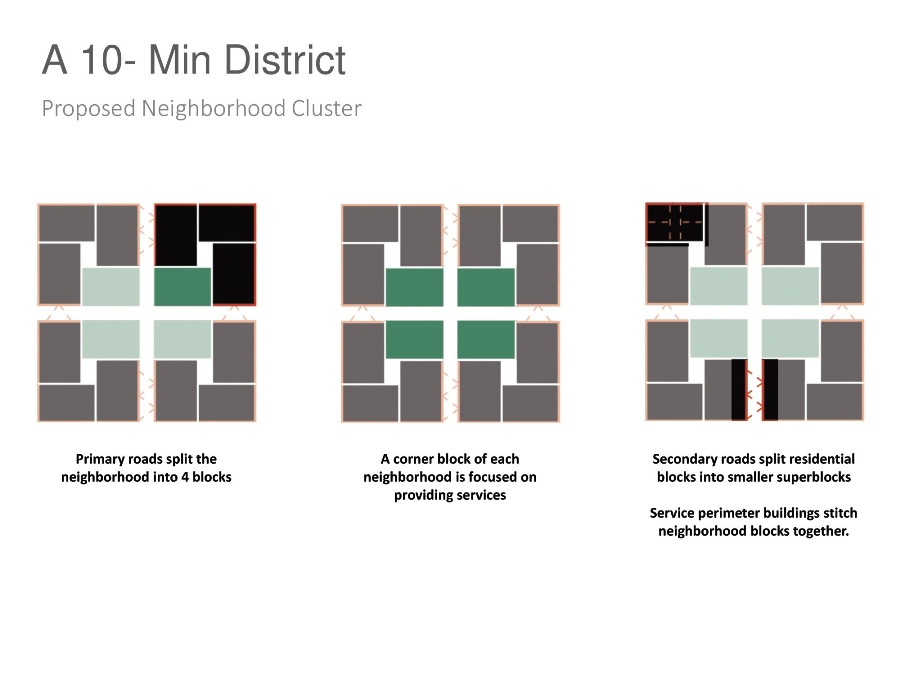
Proposed Neighborhood Cluster
Looking at the past in the current present, what are the futuristic landscape and architectural changes you would like to see in your home city / town? Elucidate the reasons for your vision.
I envision Patna’s Ganges riverfront as a dynamic blend of modern urban spaces and cultural heritage. By transforming the riverbanks into vibrant public areas with parks, open plazas and cultural hubs, the city can foster community interaction. Integrating green infrastructure like rain gardens, sustainable drainage systems and tree-lined pathways would reconnect nature with urban life. This revitalization would not only enhance the aesthetic appeal, but also promote environmental sustainability and improve the quality of life for residents.

Lack of Public Transportation Connectivity
Honors and awards related to landscape architecture, if any.
‘Connecting the Urban Commons’ project was showcased in Sustainable Urban Landscapes Exhibition in Piacenza, Italy. Team members: Priya Jalan, Prarthana Ulaganathan, Jan Cegnar, Eliana Maria Kyrillos, Martina Premoli, Minja Lalovic
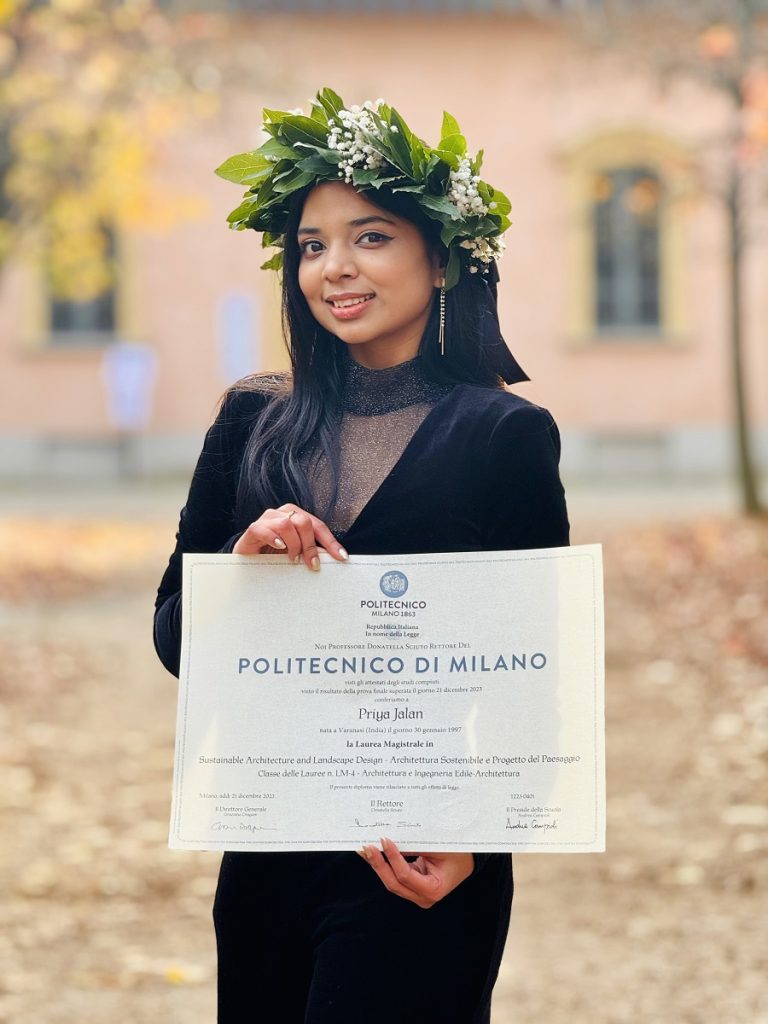
Moments to make your Parents feel Proud
Image Courtesy: Priya Jalan